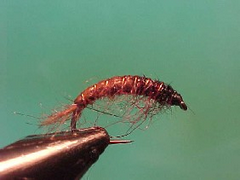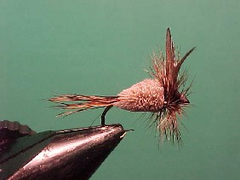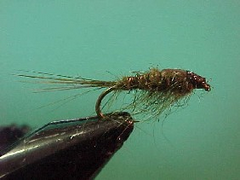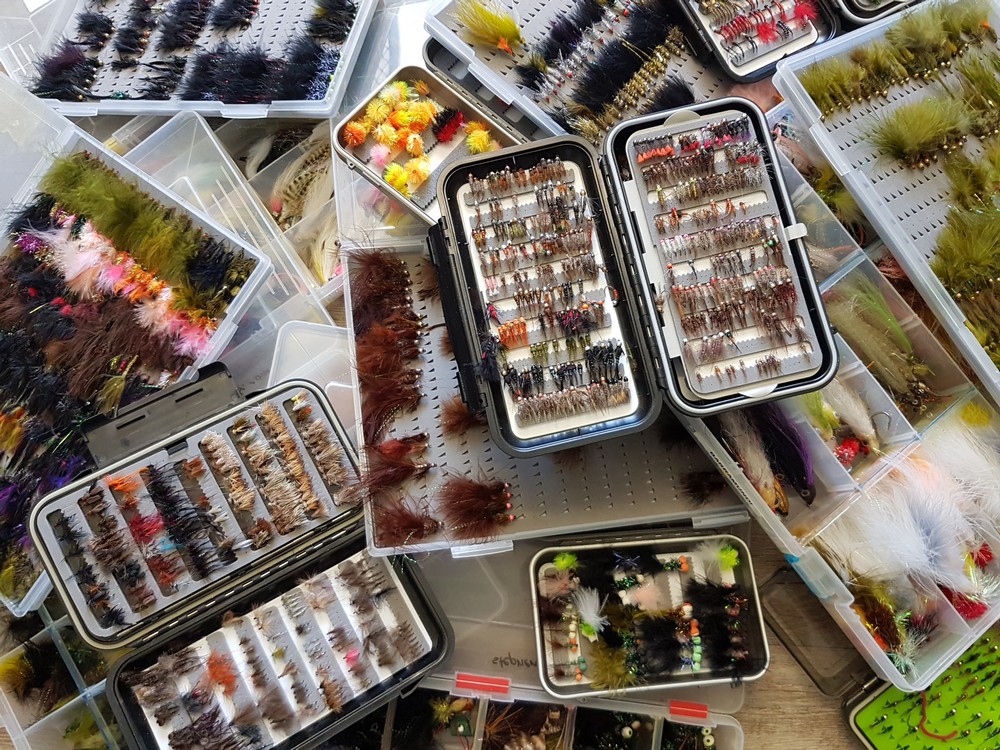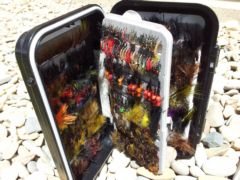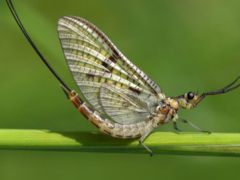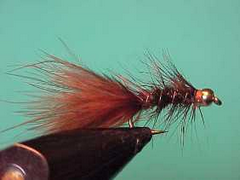Midge pupa, grubs & snails
I have lumped these diverse types of insects together as much for convenience as because in may cases they can be fished in similar ways. All of them respond to being fished relatively static and without any drag. Having said that midge in particular remember that if you are fishing to fish actively feeding on midges or midge type naturals speed and accuracy of casting is essential.

